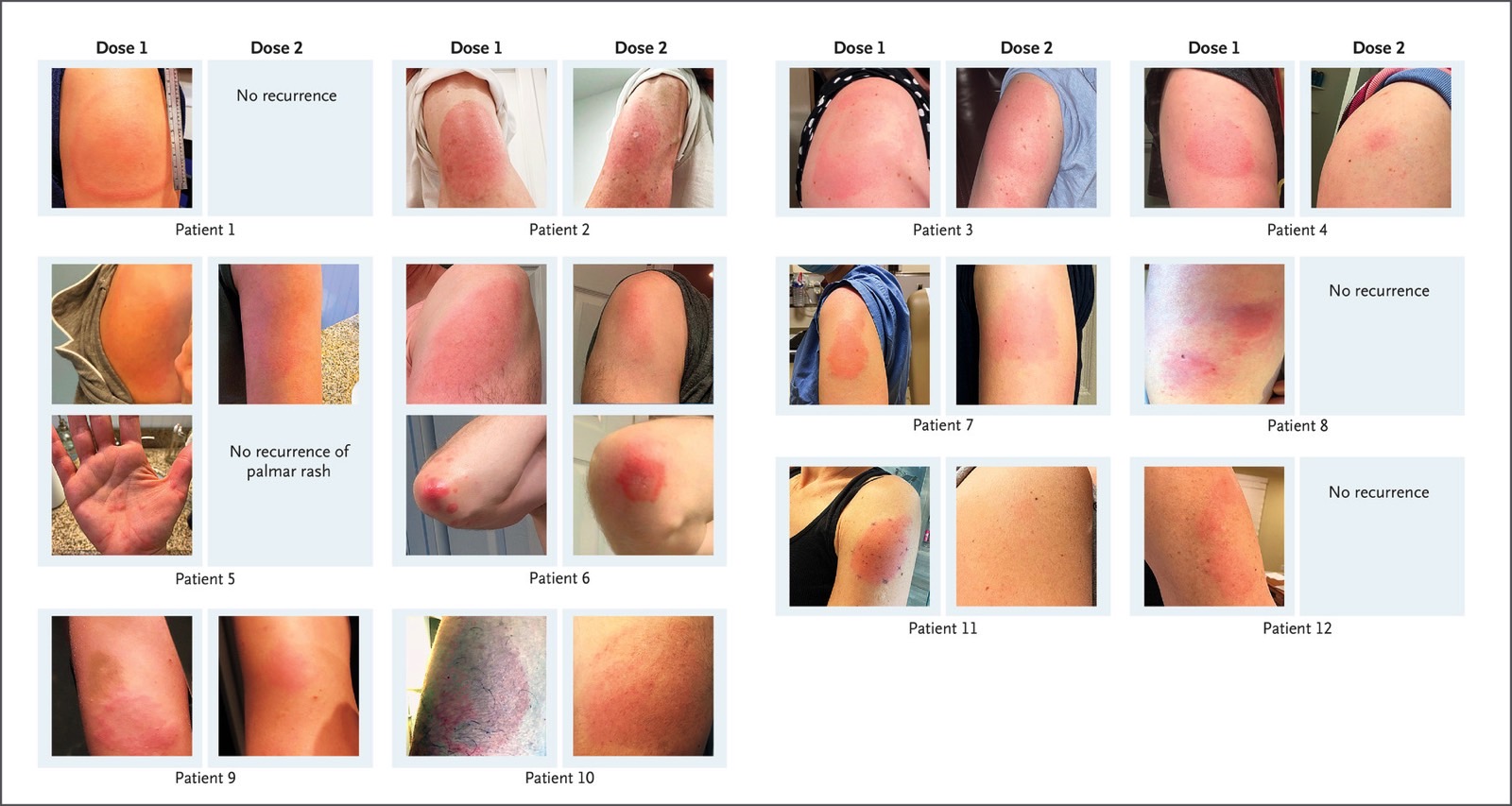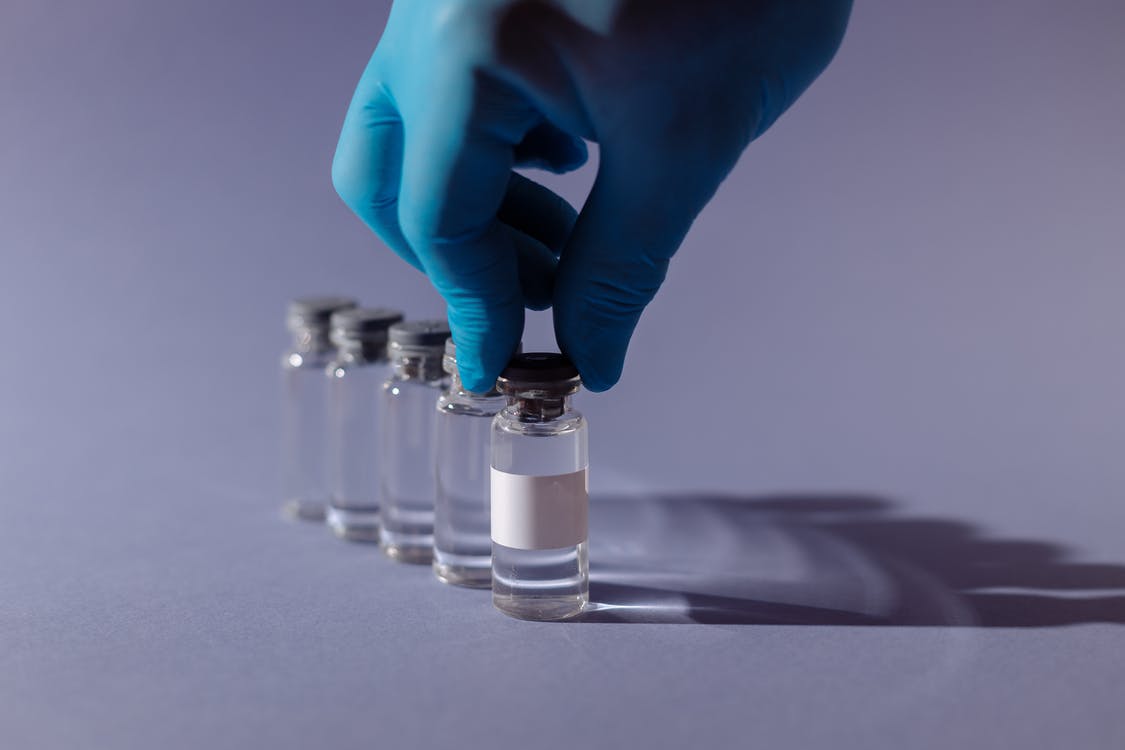

For some people older than 12, especially boys and men between ages 12 and 39, the CDC suggests an eight-week interval between the two shots to reduce the risk of myocarditis, an uncommon side effect (see FDA warnings below). Dosages for children are different than dosages for adults. Fully effective two weeks after the second shot. Infants, children, and teenagers ages 6 months to 15 years are eligible under an EUA.ĭosage: For the primary series: two shots, 21 days apart.


Who can get it: Anyone ages 16 and older in the U.S. It must be stored in freezer-level temperatures, which can make it more difficult to distribute than some other vaccines. This is a messenger RNA (mRNA) vaccine, which uses a relatively new technology. Before that, it was the first COVID-19 vaccine to receive FDA Emergency Use Authorization (EUA) back in December 2020, after the company reported that its vaccine was highly effective at preventing symptomatic disease.
COVID VACCINE SIDE EFFECTS FULL
The Pfizer-BioNTech vaccine (brand name: Comirnaty) was granted full Food and Drug Administration (FDA) approval in August 2021 for people ages 16 and older.

We mapped out a comparison of the most prominent COVID-19 vaccines. In the U.S., infants, children, and adults ages 6 months and older are eligible to be vaccinated, according to the Centers for Disease Control and Prevention (CDC).Īs the SARS-CoV-2 virus mutates and new variants emerge, it’s important to keep up with how well the vaccines are performing, but it’s also a daunting task, given the flood of information (and misinformation) coming at us from so many directions. The good news is that COVID-19 vaccines are still expected to be effective at preventing severe disease, hospitalization, and death from COVID-19. Because information about COVID-19 changes rapidly, we encourage you to visit the websites of the Centers for Disease Control & Prevention (CDC), World Health Organization (WHO), and your state and local government for the latest information.Īs the COVID-19 pandemic enters its third year, the Omicron variant and its subvariant BA.2 have been driving an uptick in cases in the United States primarily among people who are unvaccinated, and it is even causing infections in some vaccinated people. Nearly 15% of vaccine participants got a fever after either the first or second dose, according to the FDA.Note: Information in this article was accurate at the time of original publication. Like Pfizer's Covid vaccine, which the FDA authorized last week, Moderna's vaccine similarly requires two shots separated by a few weeks. The FDA noted that more severe "serious adverse reactions occurred in 0.2% to 9.7% of participants" and were more common after the second dose than the first. More than 44% of people who received the vaccine reported experiencing joint pain and over 43% reported chills. More than 9 in 10 participants who received the vaccine felt pain at the injection site, almost 7 in 10 felt fatigued and roughly 6 out of 10 had headaches or muscle pain, the FDA said. But the regulatory agency's analysis noted that the vaccine is associated with common and unpleasant, but not necessarily dangerous side effects. Moderna's vaccine, which was endorsed by FDA staff Tuesday, is more than 94% effective and safe enough to meet agency's bar for emergency use, according to the report. Many physicians are advising the public to brace for some stronger-than-usual side effects from the Covid-19 shots than, say, a typical flu shot, and to possibly take a day or two off work to recover. It's actually an immune response that indicates the shots are working as intended, doctors say.


 0 kommentar(er)
0 kommentar(er)
